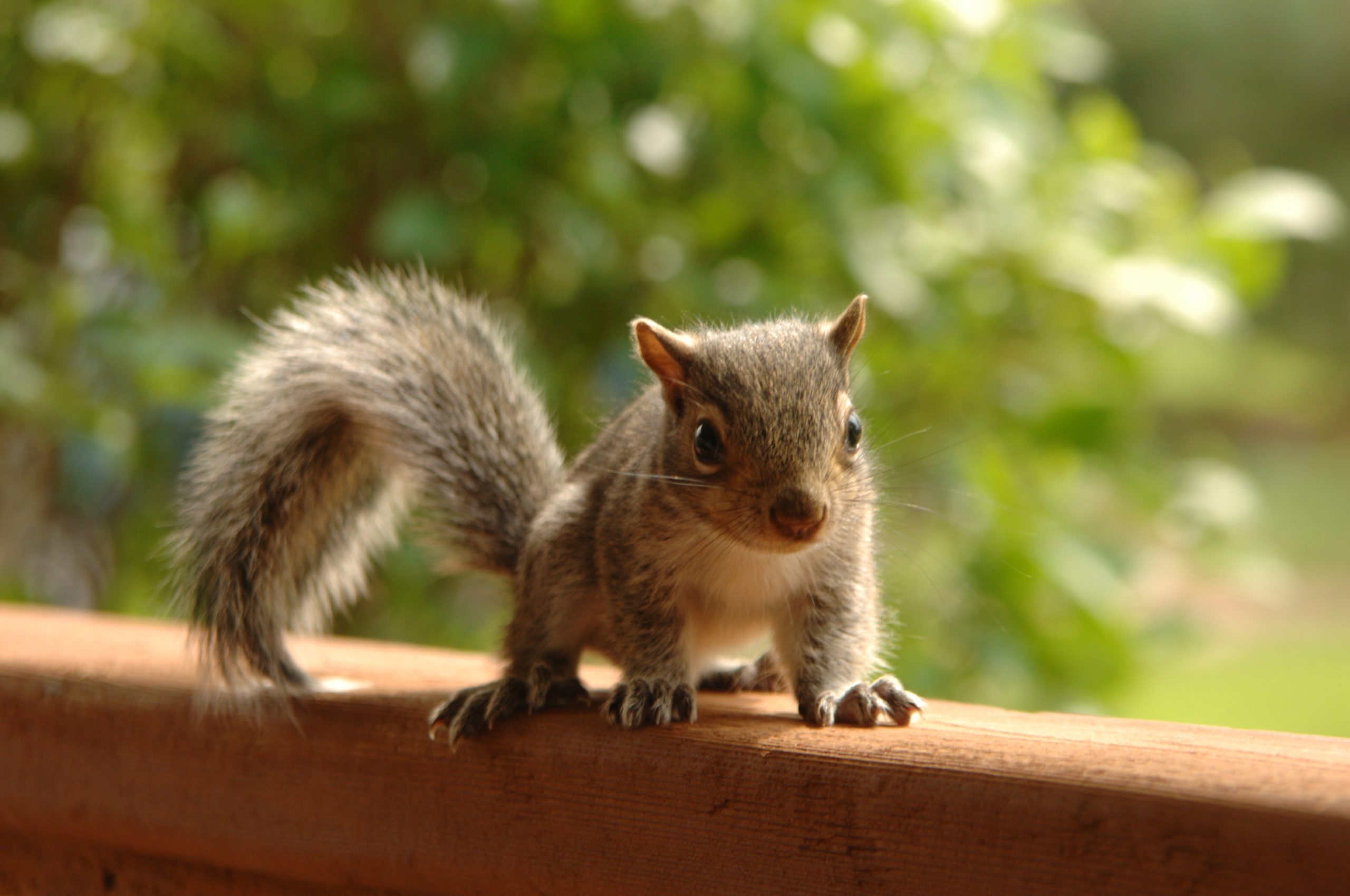When it comes to roofs, most people are aware of the general wear and tear that affects them with each passing season. Spring, summer, fall, and winter, each season presents our roofs with (and homes) lots of different challenges.
Sticks, storms, snow and wind, the list goes on and on — especially for a New England house bracing such extreme seasons. We may not think of household pests compromising the integrity of our roofs, but they can create big problems out of small holes.
Household pests like mice, rats, squirrels, and termites love to nest in protected areas, and oftentimes your roof and its inner workings are vulnerable places for pests to seek shelter and build a home.
And once they build a home in your home, it could mean it’s time for a roof repair for you. Make sure you catch these critters before they shack up.
Termites: Not a Lot To Love
This one really isn’t that surprising to anyone, but termites can have a BIG impact on your roof and home. Termites like to eat cellulose, which can be found in wood and within plants. Termites will eat rotting plant matter while lying on the forest floor, but they enjoy some wood too, which makes them a threat to your home.
If you have termites nesting in your roof, they will begin to eat the timber structures holding your roof in place. This can lead to major structural problems, and if not treated properly, you’ll eventually have to replace the timber that has been damaged.
Birds: They May Not Be Household Pests, But They Can Cause Damage
No one likes to think of birds as pests, particularly because they’re beautiful and enrich our lives with song and splendor, unlike insects. But, be that as it may, if flocks of birds congregate on your roof, or even a nearby tree, their droppings can collect over time and rot your roof. Bird droppings are highly acidic and will corrode your shingles.
Looking for new roof installation in the Greater Boston Area?
Some birds will find access to your roof and nest in framing or attic space. This is not only bad for your roof, but can unsafe as their feces accumulate and produce airborne irritants and bacteria. We love birds, but none of us need them nesting in our roofs or rotting our shingles.
Rodents: Mice, Rats, and Squirrels, Oh My!
It’s up for debate whether some of these rodents are cute and loveable creatures, but what’s not up for debate is that these household pests can wreak havoc on your roof.
Like all warm-blooded creatures, rodents like to nest in warm/sheltered places to live and raise young. Unfortunately for us, this typically means the areas of our homes that are not typically accessible for us, but just right for them, such as your attic. Squirrels, mice, and rats will put holes in your roof as access points to go in and out. And, once they’re in, they’re very difficult to get out.
If you have a rodent infestation in your roof, you will most likely hear them scurrying around above you and you may even find visible holes from the outside where they have gained access. Rodent infestations are a serious health hazard, and should not be taken likely.
Bugs: Flying and Buzzing Around Your Roof
The bugs that fly and sting also threaten your roof. Hornets, wasps, and even some bees will use your roof as a place to create a hive. Hives may be under your gutters or your shingles. These flying insects will burrow out holes to create their nests, and you guessed it, your roof is usually the place they choose to make holes.
Once nests have been made in your shingles, you’ll get leaks and rot to accompany the compromised areas. Not only could these bugs sting you, they’ll go right after your roof too, the nerve!
What You Should Do About Household Pests
Now that you know which critters can damage your roof, it’s time to take the necessary steps to keep your home pest-free. First off, contact your local pest control professionals. Dealing with pests is never trivial and these experts will be able to inspect your home and determine the pests and issues that may be occurring.
Next, once you’ve identified these pests and taken the proper steps for their removal contact us to get your roof in its best shape!


